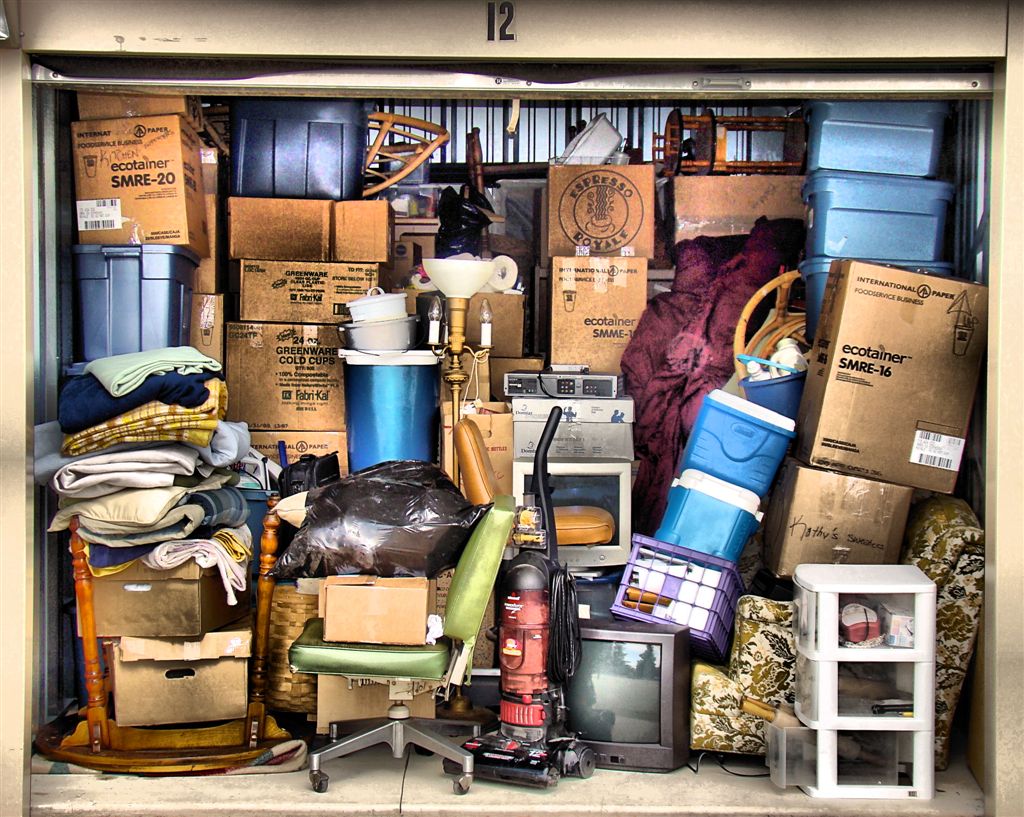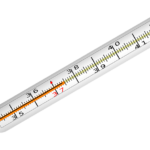Californians filing bankruptcy got some new exemptions to protect their assets on January 1, 2023.
Plus, we will see the triennial inflation increases in April, 2023.
California has its own set of exclusively bankruptcy exemptions, as an alternative to the standard state law exemptions. California opted out of the Bankruptcy Code’s exemptions, in favor of the local exemptions. The ability of a state to opt out of federal exemptions is one of the few places that bankruptcy law varies from state to state.
Don’t shed a tear for the loss of federal bankruptcy exemptions: the state exemptions are arguably better. And got better with the last legislative session.
Bankruptcy in California works this way: you have a choice of two exemption systems. One choice is the standard California state law exemptions found in Code of Civil Procedure 704. These are the exemptions applicable in state law collections as well as bankruptcy.
The second choice, appealing to those without significant equity in their home, is the California bankruptcy exemptions found at CCP 703.140(b). That’s what we are examining here.
What you can protect in bankruptcy
Here’s the new list of increased California bankruptcy exemptions:
| Principal residence | $31,950 |
| Vehicles | $7,500 |
| Household goods per item | $800 |
| Jewelry | $1,900 |
| Grubstake | $1,700 |
| Business tools | $9,525 |
| Loan value of life insurance | $17,075 |
| Health aids of the family | unlimited |
| Personal injury claims | $31,950 |
| Other misc. exemptions | 703.140 |
Californians, because they are required to choose one state exemption system or the other rather than the federal bankruptcy exemptions, can also use the federal list of non bankruptcy exemptions.
Bankruptcy wild card exemption
The trickiest part of the California bankruptcy exemptions is what’s called the “wild card”. (It’s also called the “grubstake”.) When 703.140(b)(1) and (b)(5) are added together, the debtor can protect $33,650 of equity in any asset or combination of assets. That’s the wild card.
The wild card amount can be parceled out to protect some cash in a bank account; some equity in a vehicle that exceeds the car exemption; stock; a business or whatever else you have.
The point is that the exemption isn’t restricted to a certain kind of property. It can be used to protect anything.
How exemptions work
Exemptions protect the specified amount of equity in an asset.
If it’s a house, the exemption protects a certain amount of value in the property that exceeds the liens on the property. It doesn’t matter if the value of the house is $200,000 or $1,200,000. The exemption protects the specified amount of equity in the house.
New California homestead exemption tied to regional values
If there is equity in a house over and above the total of liens and the homestead, a Chapter 7 trustee can sell the house and give the debtor the homestead exemption in cash.
That doesn’t happen very often. Because, there has to be enough equity to pay
- the exemption,
- the costs of sale,
- any capital gains taxes and
- the trustee’s commission before the sale benefits creditors.
If neither California exemption system adequately protects your assets, consider Chapter 13.
More
Avoiding liens that impair exemptions







